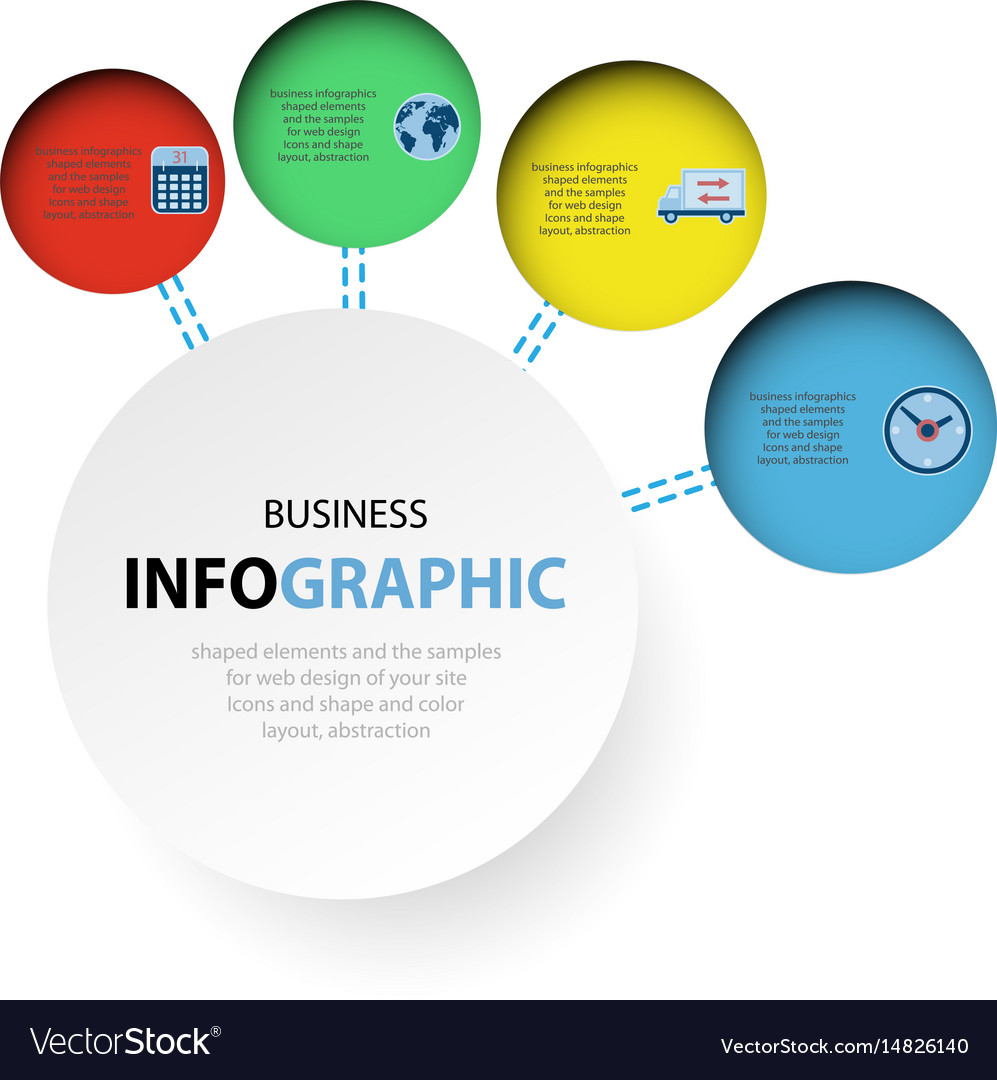Join Us As We Embark On A Journey Via Time, Exploring The Advancement Of Internet Site Layout And Exactly How It Has Affected The Electronic Landscape
Join Us As We Embark On A Journey Via Time, Exploring The Advancement Of Internet Site Layout And Exactly How It Has Affected The Electronic Landscape
Blog Article
Write-Up Writer-Carstens Bowles
In the past, websites were easy and focused on info. Navigation was straight, and style was for desktop computers. Currently, customer experience is vital. Information guides designs for easy navigation. Receptive formats suit different devices. Today, dark mode minimizes stress, and minimalist food selections boost navigation. Interactive attributes engage users, and vibrant visuals stand apart. AI assimilation improves involvement. See just how style has advanced to enhance your on the internet journey.
Early Days of Website Design
In the very early days of website design, simplicity preponderated. Internet sites were standard, with limited shades, font styles, and formats. The emphasis got on giving details as opposed to fancy visuals. Individuals accessed the internet via slow-moving dial-up connections, so speed and capability were key.
Navigating menus were straightforward, commonly located on top or side of the page. Internet sites were made for home computer, as mobile browsing had not been yet widespread. Material was king, and developers prioritized easy readability over intricate design aspects.
https://www.htmlgoodies.com/seo/search-engine-optimization-tips-for-bing/ was the main coding language utilized, and designers had to function within its constraints. Computer animations and interactive attributes were very little contrasted to today's requirements. Web sites were fixed, with little dynamic content or personalized user experiences.
Surge of User-Focused Design
With the evolution of website style, a shift in the direction of user-focused design principles has actually come to be significantly famous. Today, creating internet sites that prioritize customer experience is important for involving visitors and accomplishing organization goals. User-focused design involves understanding the demands, choices, and behaviors of your target audience to customize the website's format, material, and features as necessary.
Designers currently conduct comprehensive research study, such as customer surveys and use screening, to gather understandings and comments straight from customers. This data-driven method assists in developing intuitive navigating, clear calls-to-action, and aesthetically enticing user interfaces that resonate with site visitors. By positioning the individual at the center of the design procedure, websites can provide a more tailored and pleasurable experience.
Responsive design has also emerged as a crucial facet of user-focused style, making certain that internet sites are enhanced for various devices and display dimensions. This versatility enhances availability and functionality, accommodating the varied methods users engage with internet sites today. Essentially, the rise of user-focused layout symbolizes a shift towards developing digital experiences that prioritize the demands and expectations of the end individual.
Modern Trends in Web Design
Discover the current patterns shaping web design today. One prominent fad is dark mode design, using a streamlined and modern-day look while decreasing eye stress in low-light environments. An additional key trend is minimalist navigation, streamlining menus and improving individual experience by concentrating on essential elements. Incorporating micro-interactions, such as computer animated switches or scrolling results, can develop a more engaging and interactive site. Receptive layout continues to be vital, making certain smooth user experiences throughout various tools. Furthermore, utilizing strong typography and unbalanced designs can add aesthetic rate of interest and accentuate specific material.
Incorporating AI technology, like chatbots for client support or personalized referrals, enhances individual interaction and simplifies processes. Accessibility has also become a significant fad, with designers prioritizing inclusive style techniques to satisfy varied user demands. Embracing sustainability by enhancing web site performance for speed and performance is another arising fad in web design. Collaborating with customer responses and information analytics to repeat and boost design continually is crucial for remaining appropriate in the ever-evolving digital landscape. By embracing these modern patterns, you can produce an aesthetically attractive, user-friendly site that resonates with your audience.
Verdict
As you review the evolution of web site style from the early days to now, you can see just how user-focused layout has actually ended up being the driving pressure behind contemporary fads.
Accept the trip of modification and adjustment in web design, constantly keeping the individual experience at the center.
Remain existing with the latest trends and innovations, and never ever quit progressing your technique to create visually spectacular and user-friendly internet sites.
https://seo-services-for-small-bu73839.ourcodeblog.com/30012602/enhancing-your-website-s-performance-with-expert-on-page-seo-strategies , adjust, and produce - the future of website design is in your hands.
